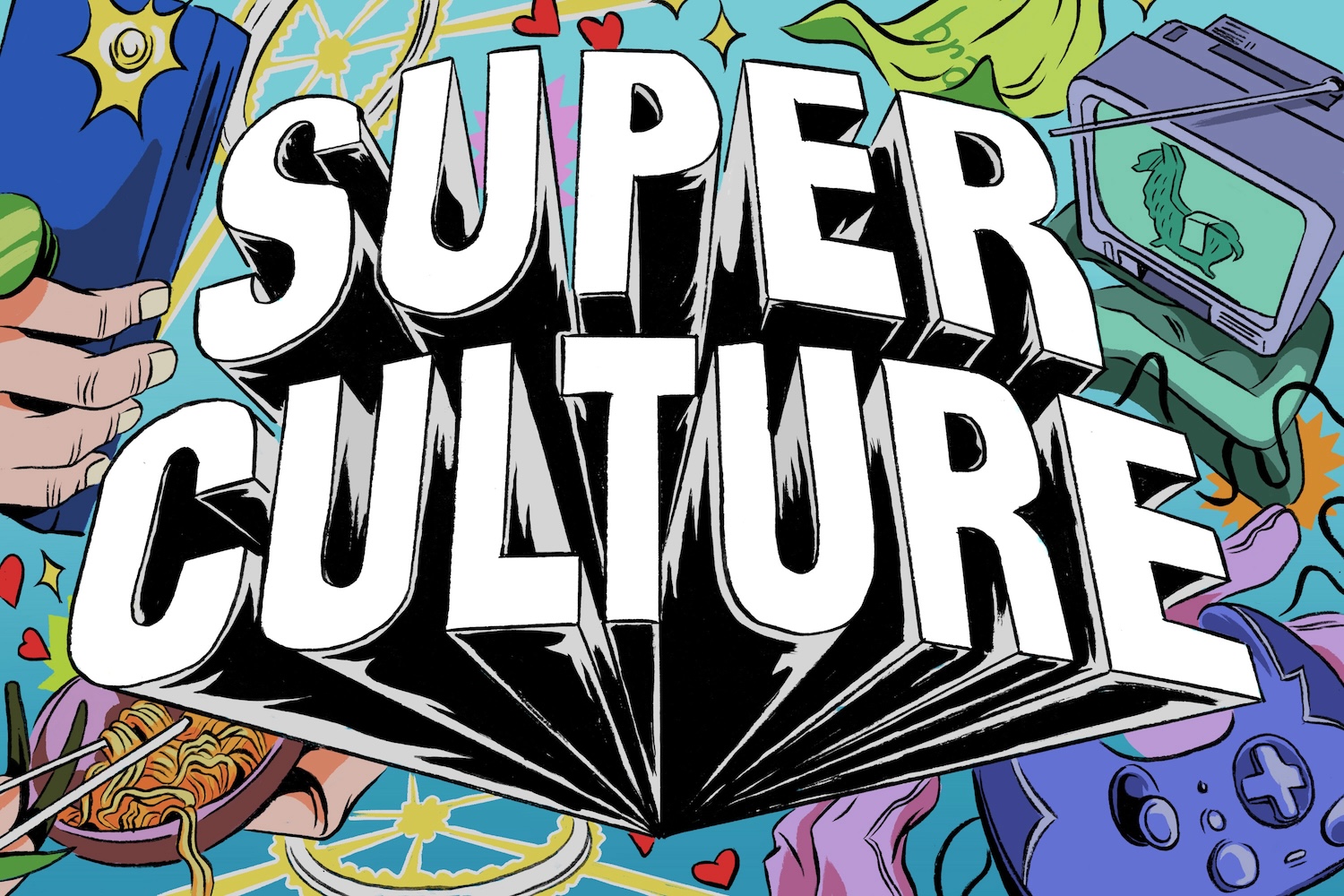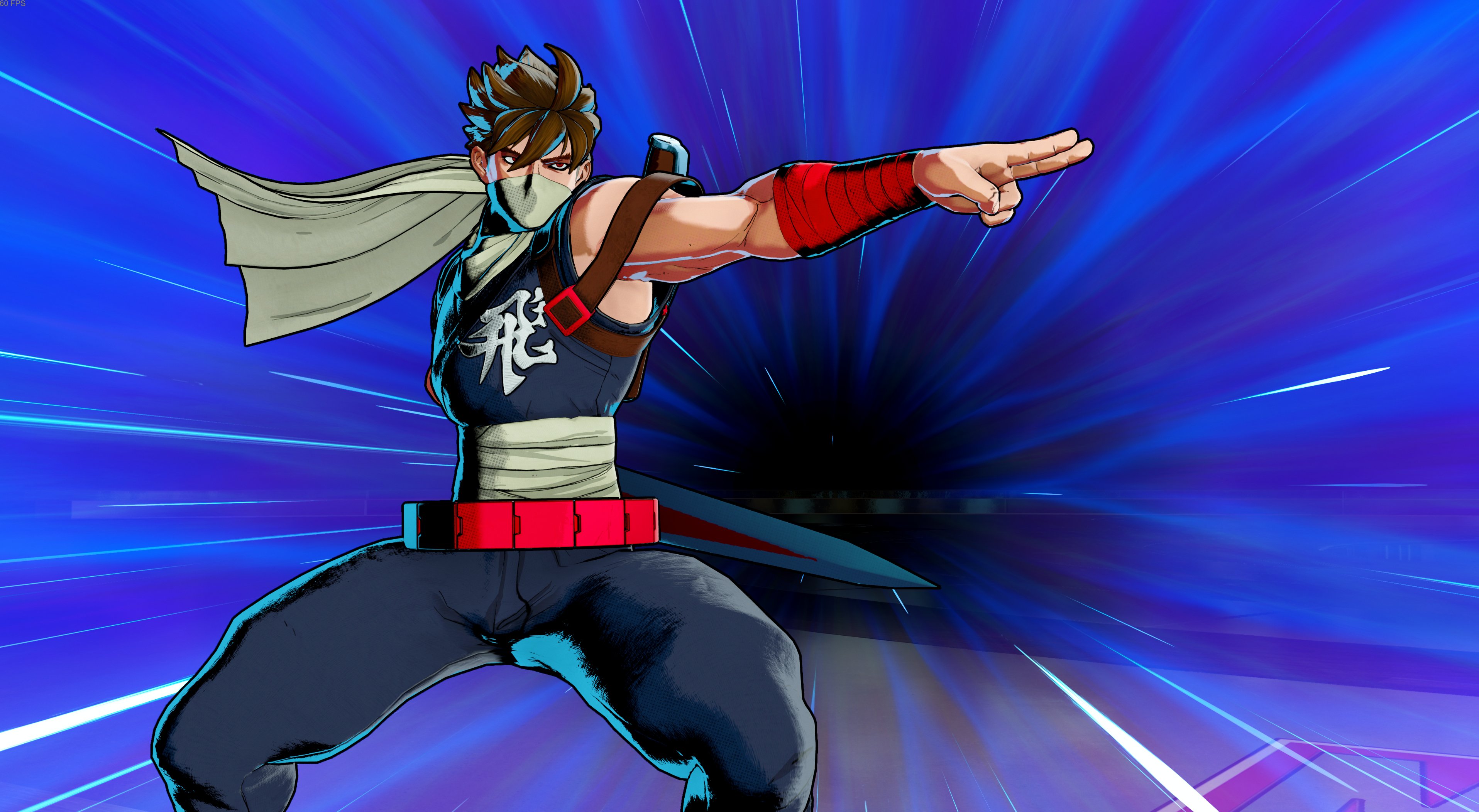For more than 25 years, the heroes and villains of the Marvel universe have been trading blows with Capcom’s iconic characters from Street Fighter, Resident Evil, and Mega Man. But we haven’t seen a new entry in the crossover fighting game franchise since 2017, when Capcom released the divisive Marvel vs. Capcom: Infinite.
This week on Polygon, we’re exploring how superheroes are dominating not just comics and movies, but all media, in a special issue called Superculture.
Infinite was derided for its roster choices — which at the time reeked of Marvel corporate interference — and an art style that deviated from the cartoon and comic book-inspired look of games past. But Infinite is also beloved by many longtime Marvel vs. Capcom fans for its gameplay innovations.
Now, one of Infinite’s biggest boosters is trying to fix the most glaring issue with the game, thanks to an in-depth mod that restores the visual punch of older Marvel vs. Capcom games. That project is known as Marvel vs. Capcom: Infinite & Beyond, led by a prominent figure in the fighting game community: Maximillian Christiansen, the streamer known as Maximilian Dood.
With the help of a group of artists and game modders, Christiansen has a simple goal for Infinite & Beyond: “My hope for the project overall is just to release a game that looks good,” he told me in an interview.
Christiansen has been a fan of both Marvel Comics and Capcom’s fighting games for decades. He grew up on Jim Lee’s X-Men books and Marvel’s early ’90s trading cards, and got into fighting games with Street Fighter 2.
“I think my fandom really kicked up with X-Men vs. Street Fighter,” he said. “It really peaked with Marvel vs. Capcom 1; I actually grew a community in the arcade of like-minded people, folks like myself that just love that game. We’d meet up in the same spot every weekend, really every single opportunity to go practice and train. I learned how to use an arcade stick in that time period. That’s the game that got me introduced to what the fighting game community is, and it’s sort of my entry into the big arcade culture.”
Many years later, 2011’s Marvel vs. Capcom 3: Fate of Two Worlds marked a key turning point for Christiansen.
“I have a big attachment to Marvel vs. Capcom 3, because it was one of the starting moments of my content-creation career,” Christiansen said. “I created this show called Assist Me!, which was all about teaching people how to use characters, with costumed characters showing up, doing goofy stuff.
“For Marvel 3, I got super into it. I was going to competitive events every week until the show took over my life. Then we got hired by Capcom to make an official show for the expansion, Ultimate Marvel vs. Capcom 3.”
When Marvel vs. Capcom: Infinite was first shown some years later, Christiansen said, there was an “uneasiness” around the game. Many Marvel characters important to the legacy of Marvel vs. Capcom were missing, and while the gameplay was fun, he said, “clearly from a surface level, it was not lining up to be something to be on the same level as other Marvel vs. Capcom games. […] The biggest perpetrator [was] the visuals — the game just does not look visually appealing.”
“It was kind of going for this weird awkward-realism-anime thing,” he said. “Another game similar to that comes out a year later called Jump Force, and it does the same thing, where it tries to mesh a realistic-looking superhero anime look and it just does not look good.”
Interest in Marvel vs. Capcom: Infinite quickly faded. The game did not hit Capcom’s sales targets, and many MvC fans retreated to Ultimate Marvel vs. Capcom 3, which was thriving on PC, thanks to mods that added more characters to the game’s already sizable roster.
Marvel vs. Capcom: Infinite was “this game that was so close to being so good, but everybody gave up on it, including Capcom and Marvel,” Christiansen said.
In 2024, there was a breakthrough — and renewed interest in the series, thanks to the release of the Marvel vs. Capcom Fighting Collection. An artist and modder named Ryn (aka Wistful Hopes) released an editor for the version of Unreal Engine that Marvel vs. Capcom: Infinite was built on. Ryn started to make adjustments of her own, applying a cel-shaded look to Infinite that transformed the game’s “awkward-realism-anime thing” aesthetic.
Christiansen caught wind of the editor and knew Ryn from one of her earlier modding efforts, in which she brought Dragon Ball’s Goku into the fighting game Guilty Gear Strive.
“It was insanely impressive,” Christiansen said of Ryn’s work on reimagining the look of Infinite. But he wanted more. “So, I was like, ‘Can I just pay you to fulfill my wishes and dreams?’” In addition to Ryn, Christiansen started rallying artists and programmers who had worked on other mods and unofficial roster additions for other MvC games to further develop Marvel vs. Capcom: Infinite & Beyond.
Ryn, who said in an interview that “Dragon Ball is still one of the greatest influences on [her] art,” didn’t have the same strong affection for Marvel vs. Capcom that Christiansen did.
“I’m relatively young and didn’t grow up playing any MvC games, so I’m more so looking at the games from a retrospective lens,” she told me over Discord. “With that said, Marvel vs. Capcom’s bold aesthetic in its earlier games has influenced my taste in art a lot. The fusion of Western and Japanese styles is something I wish to capture myself.”
Ryn added, “I saw a friend talk about how [Marvel vs. Capcom: Infinite] was wasted potential, and thought it’d be cool to make a tech demo mod for it. Seeing it gain the attention it did is, quite honestly, astounding to me.”
Originally, updating the fighting game’s visuals was the team’s only goal, but the scope has expanded, Ryn said. Since the Infinite & Beyond project started in earnest in May, more than 20 people have contributed to the mod with new art, music, and technical work. Christiansen estimates he’s spent nearly $30,000 on the mod, paying artists and programmers to bend the flawed (but fun) Marvel vs. Capcom game to his will.
Christiansen has been providing regular updates on Marvel vs. Capcom: Infinite & Beyond to his millions of subscribers to his Twitch and YouTube channels. He estimates that the mod will be available in a 1.0 release in the coming months, and that it’s “hopefully something that people like.”
Marvel vs. Capcom: Infinite & Beyond is “a project that is effectively making zero dollars,” he said. “It’s just something that I personally want to exist.
“Nobody played [Infinite] because of visuals and roster stuff,” Christiansen said. “If the one thing that I can do within my power and budgetary scope is to fix the visuals, something that actually makes it look better, [something that] will get people to even play it, that’s the goal — for you to go to Steam and buy Marvel vs. Capcom: Infinite, [download] our mod, and change the game.”



